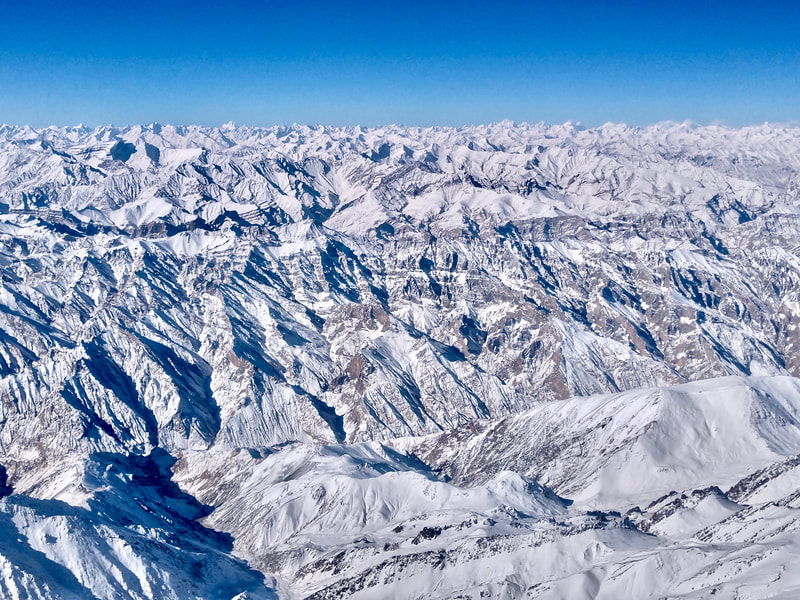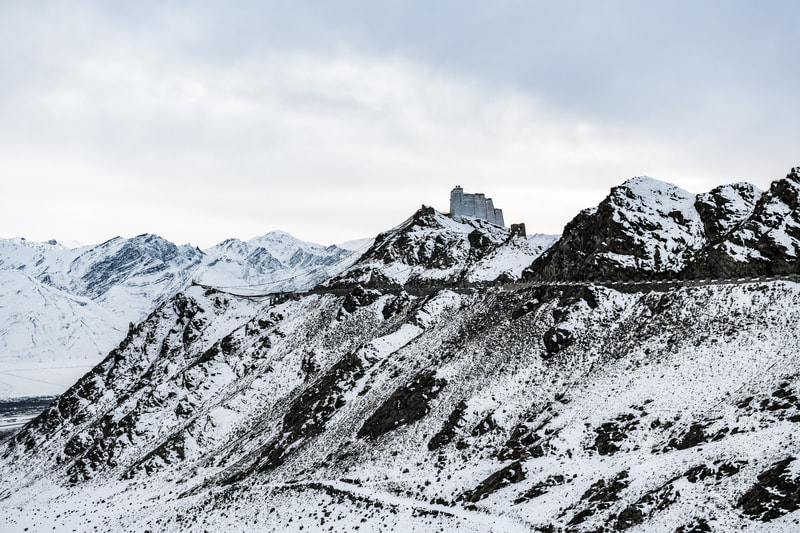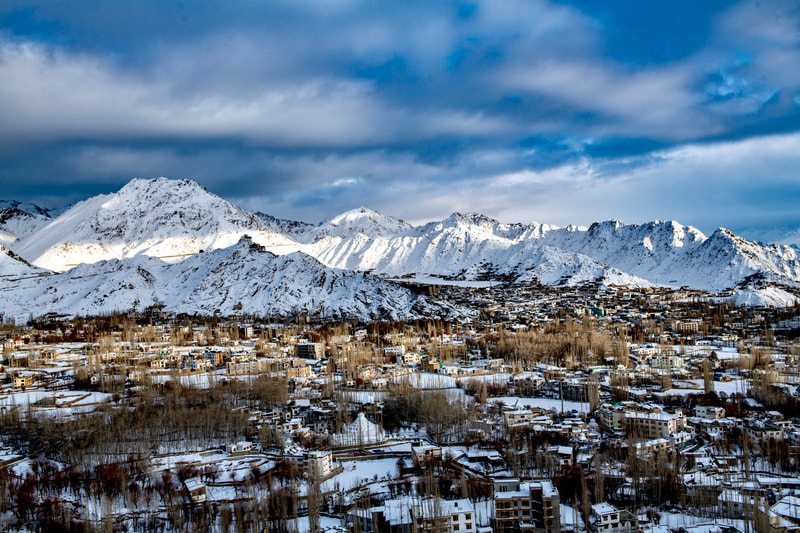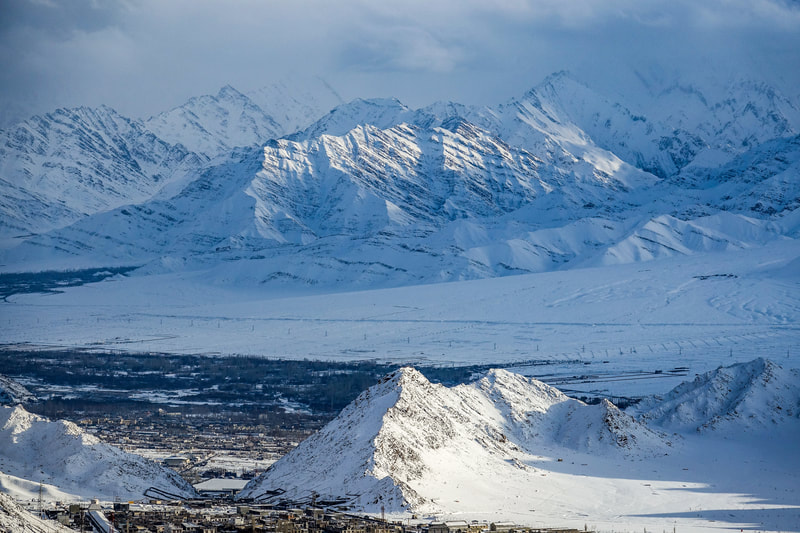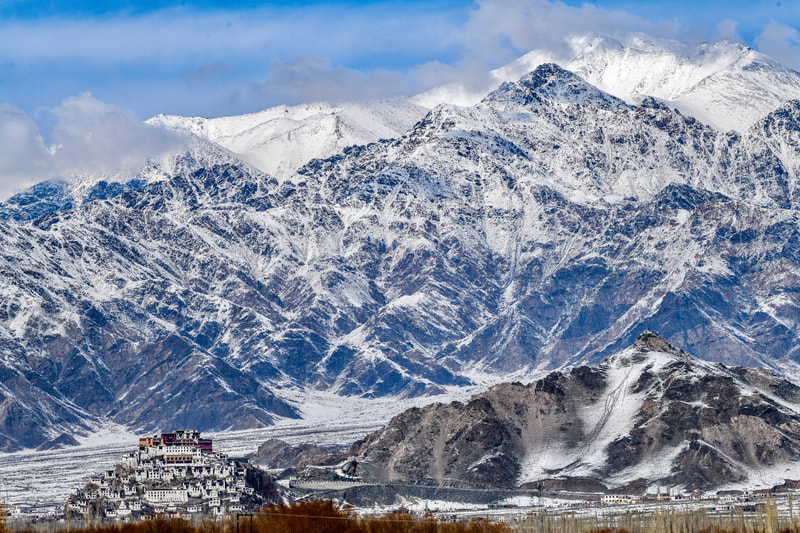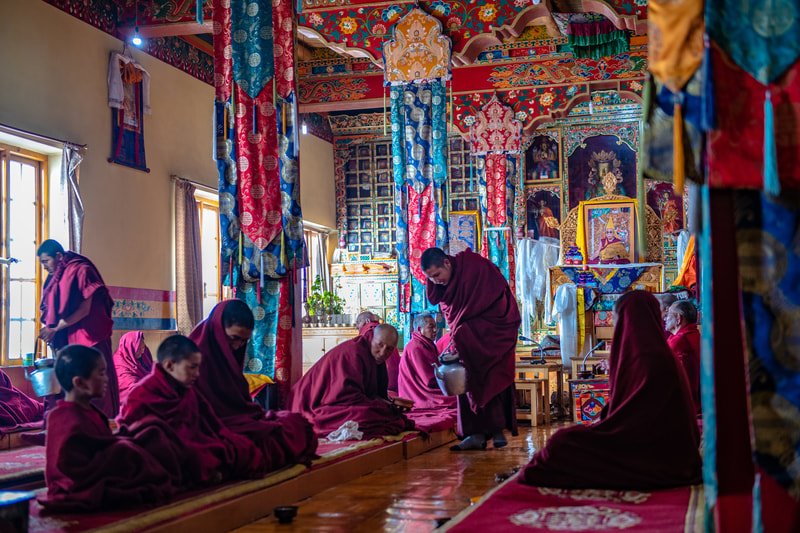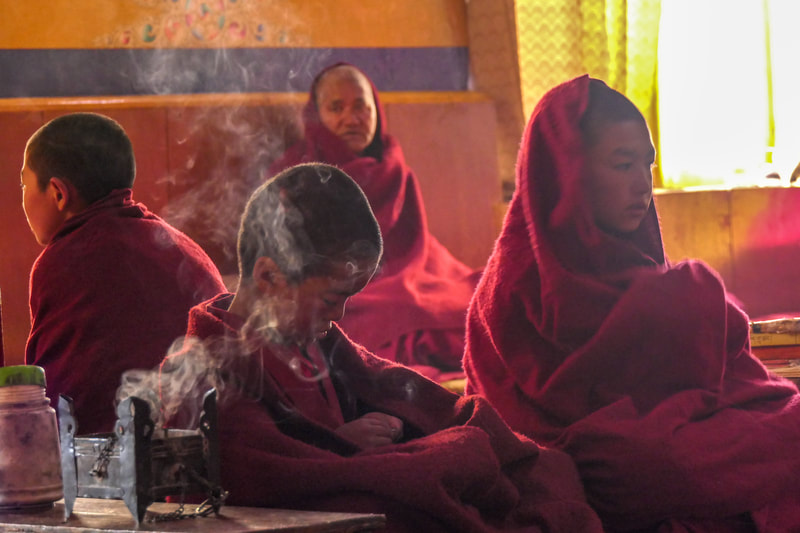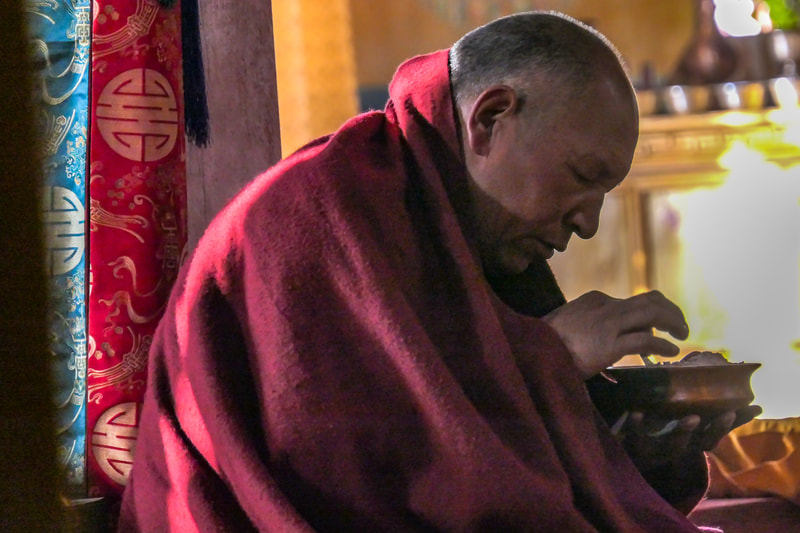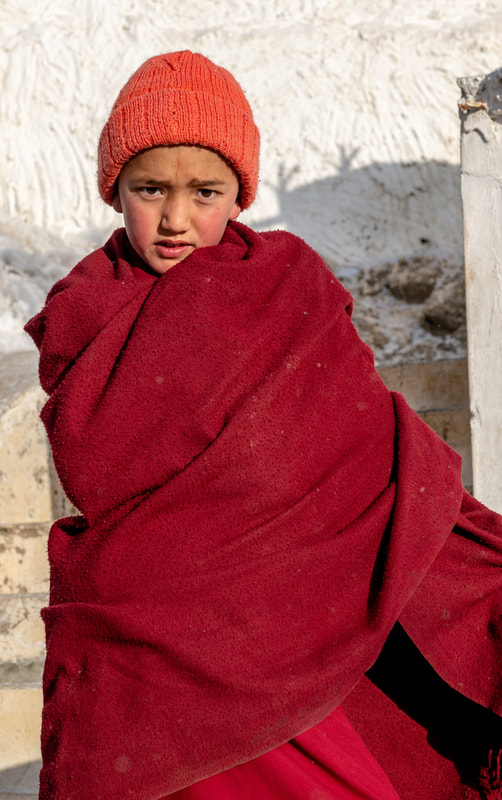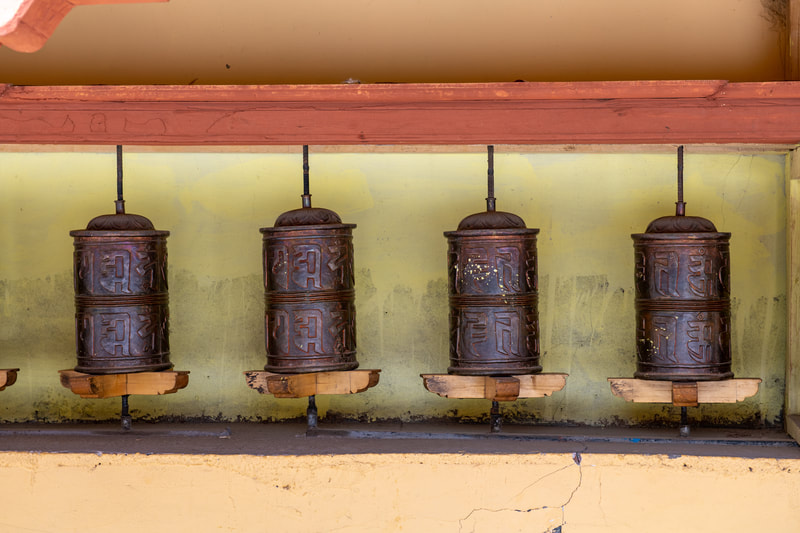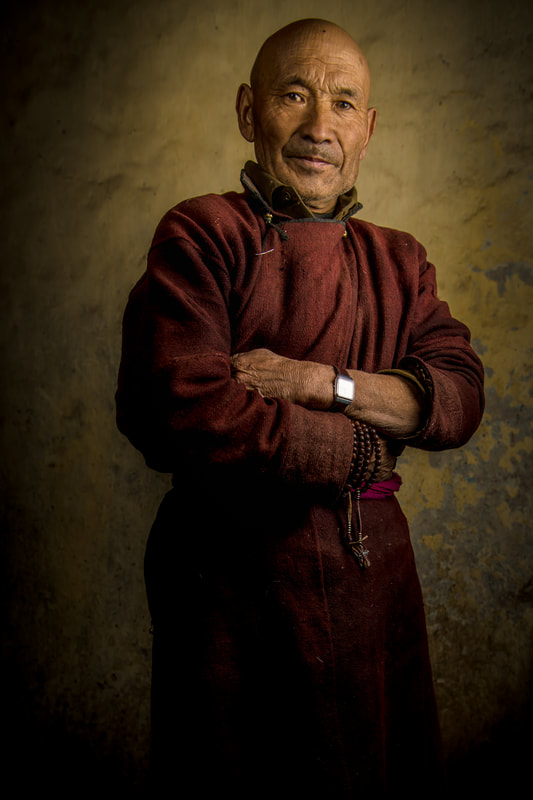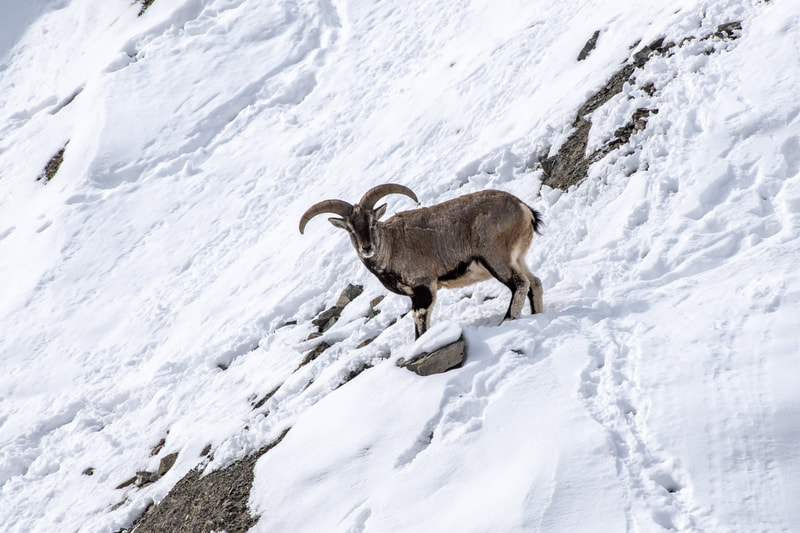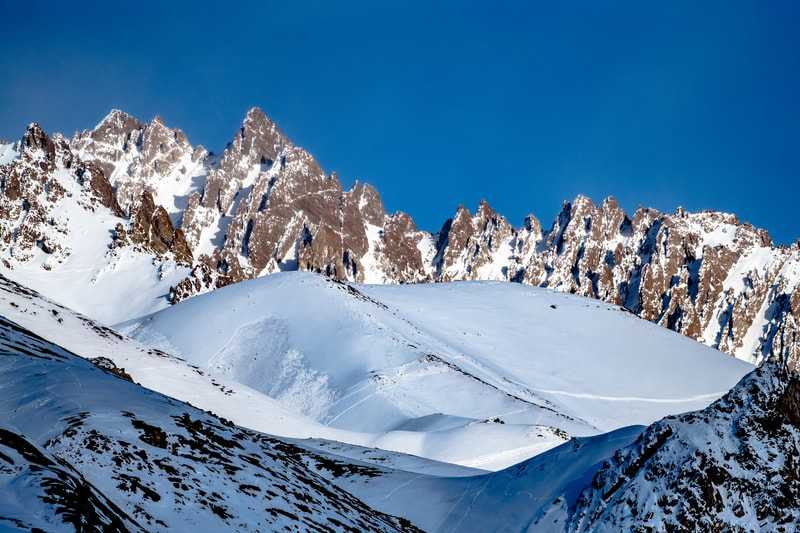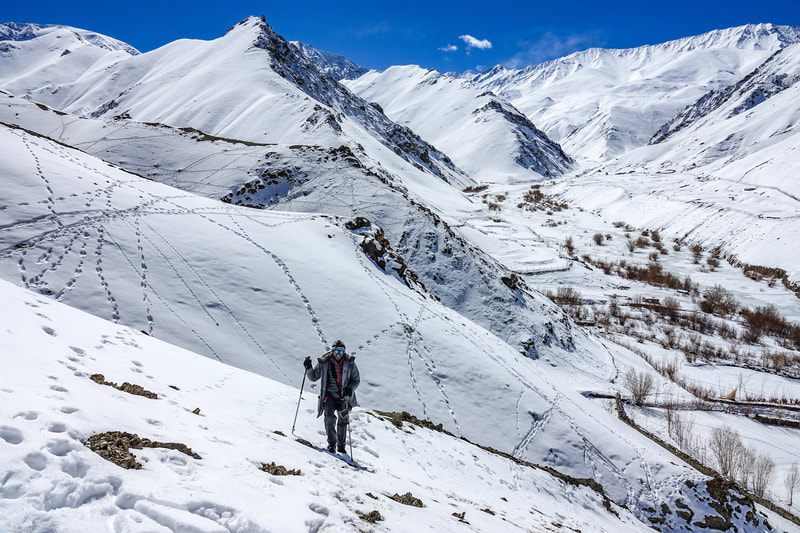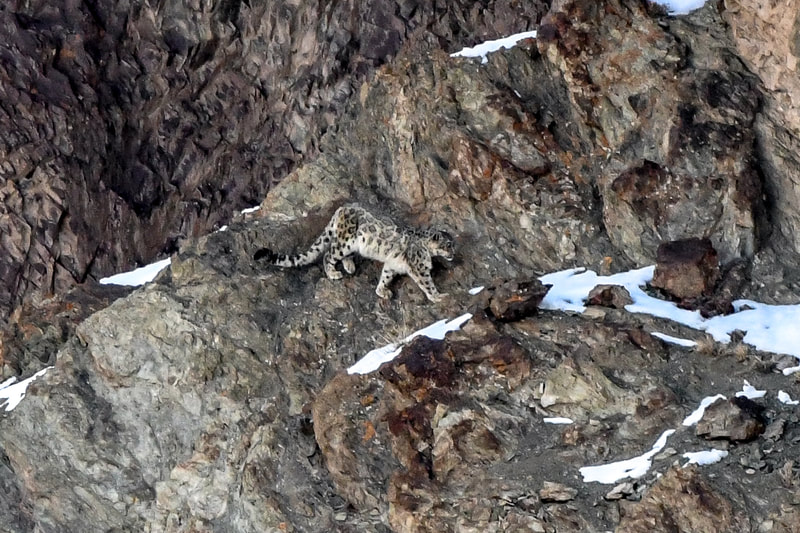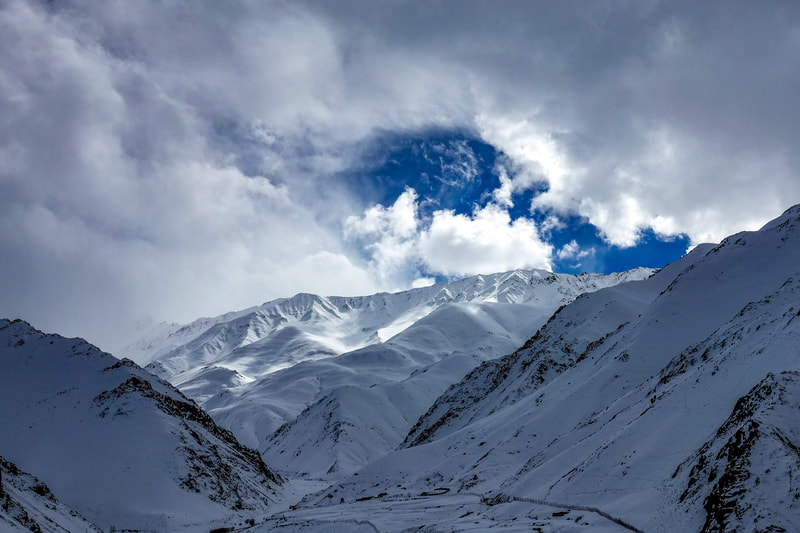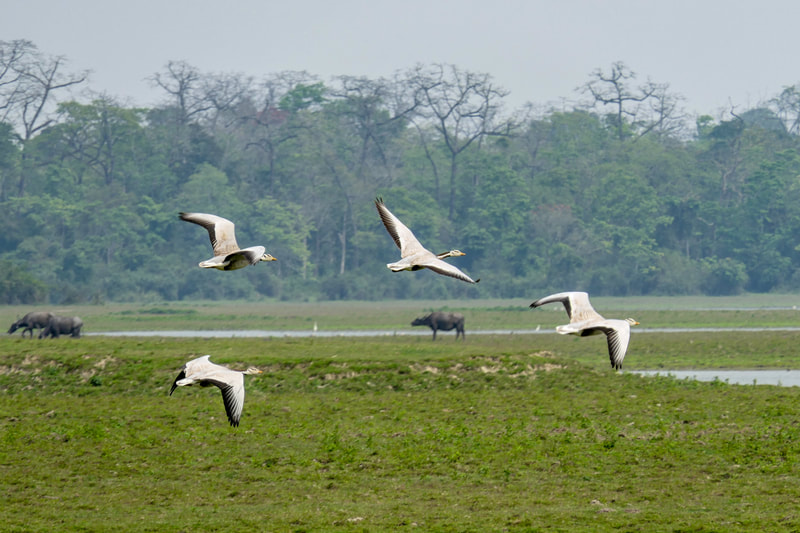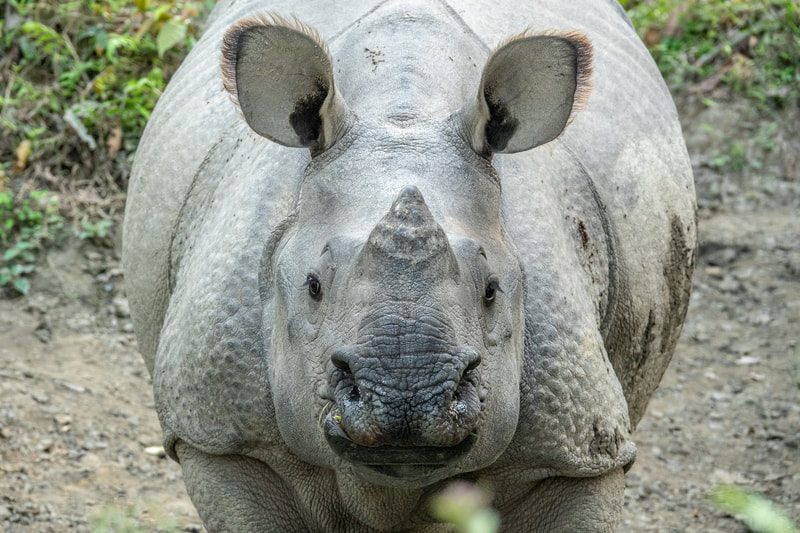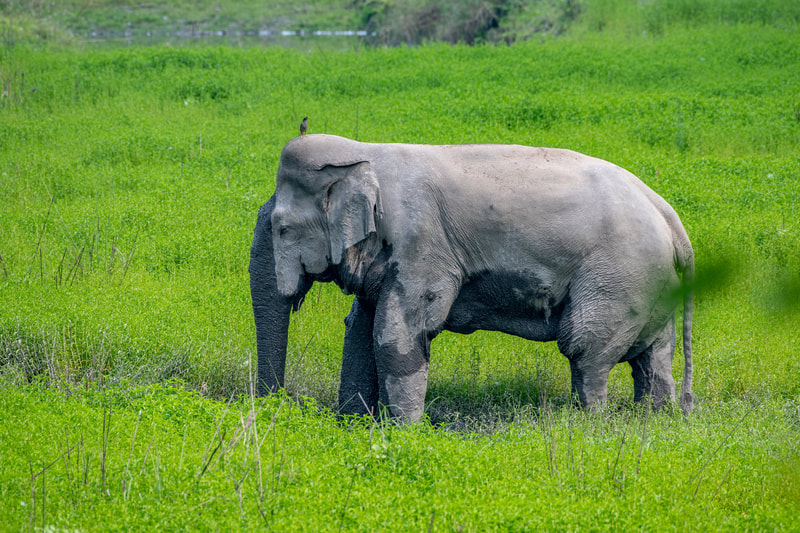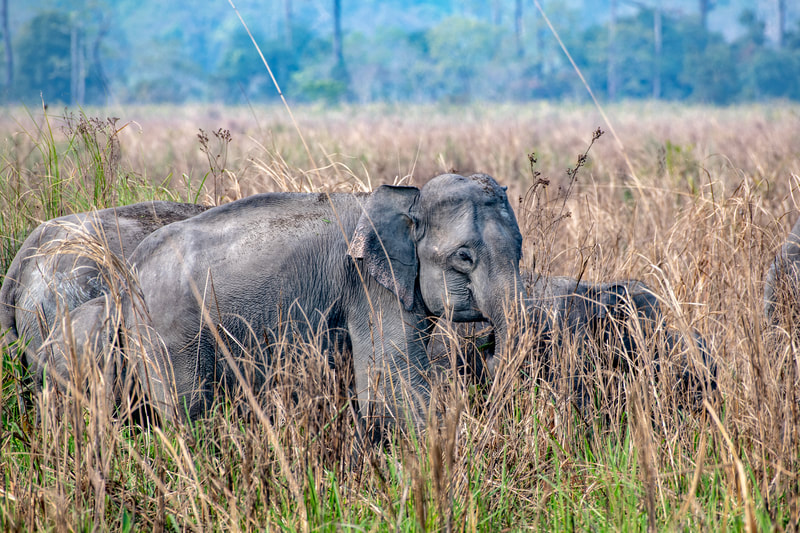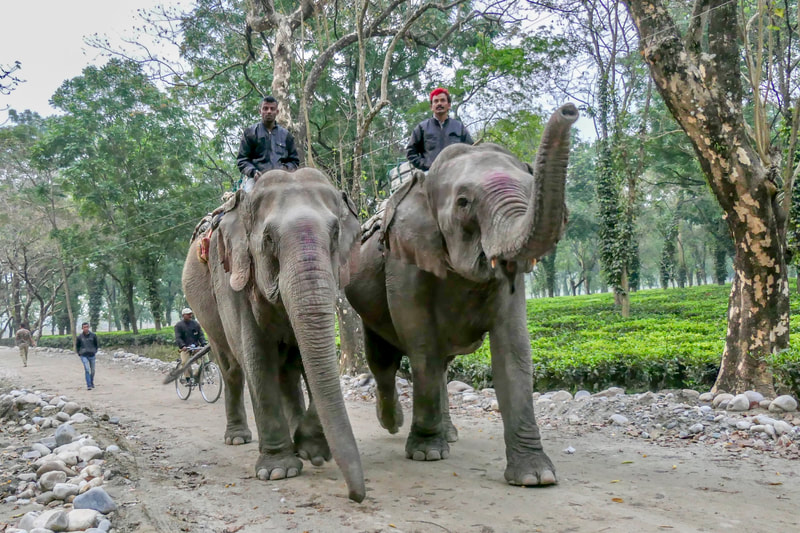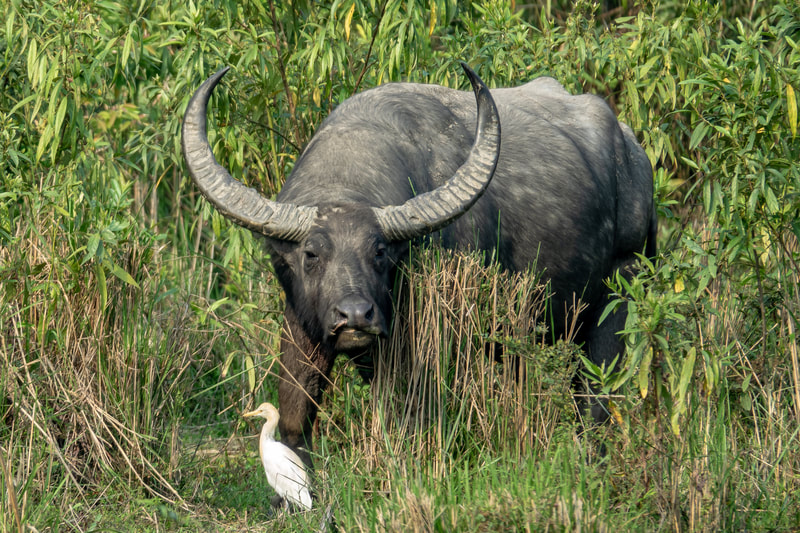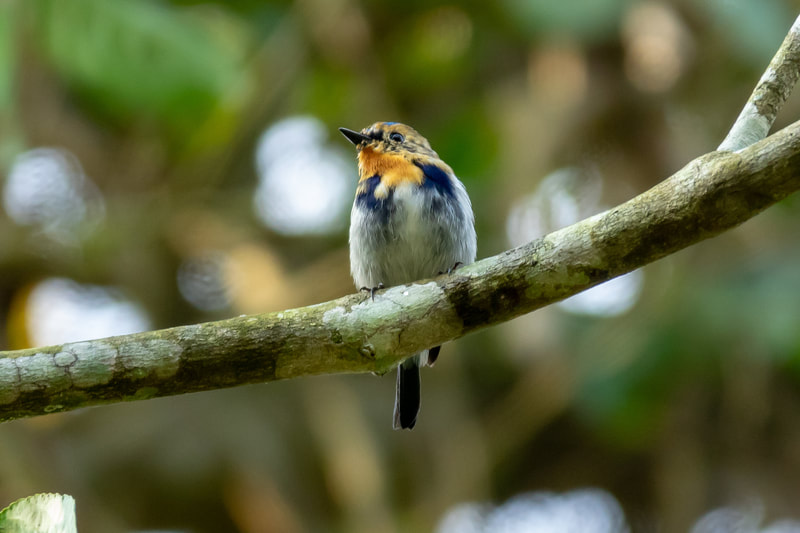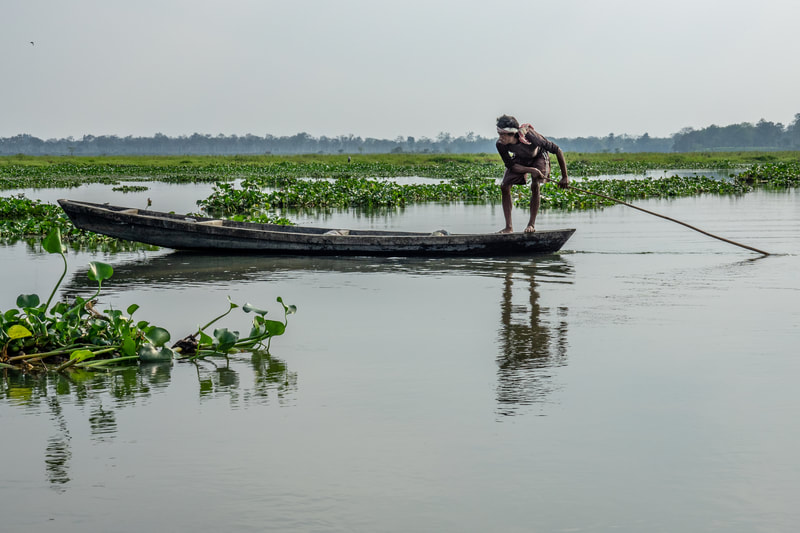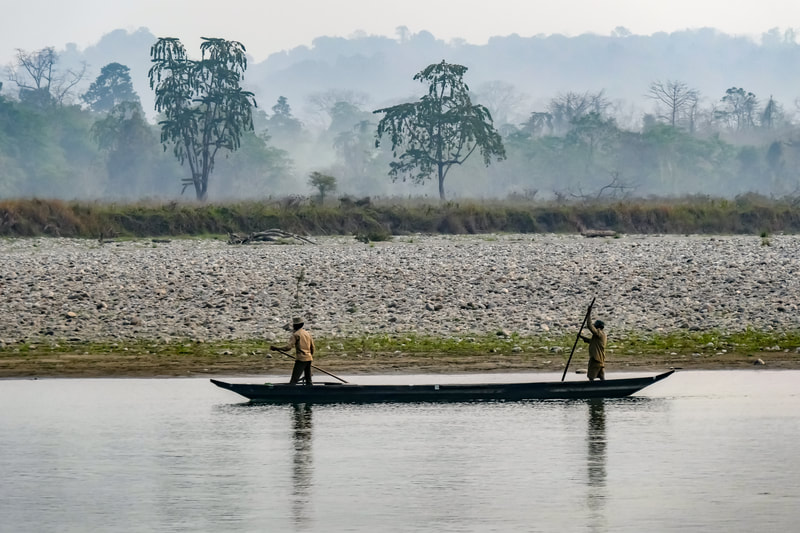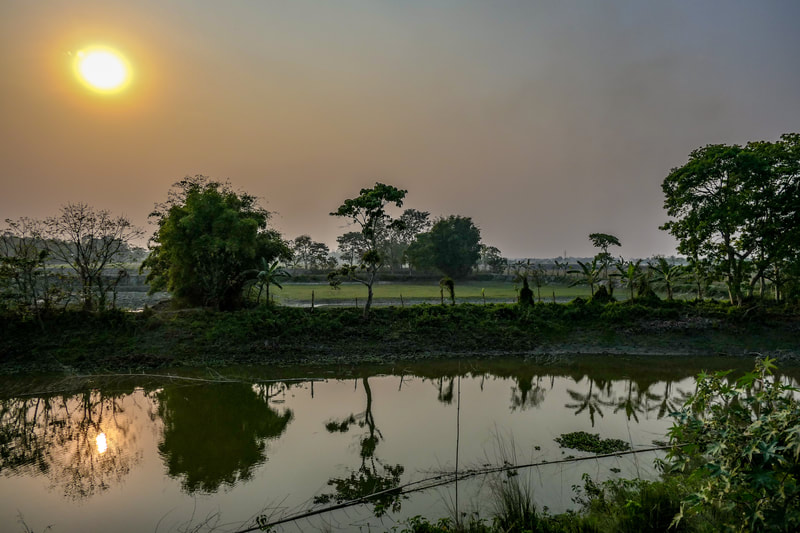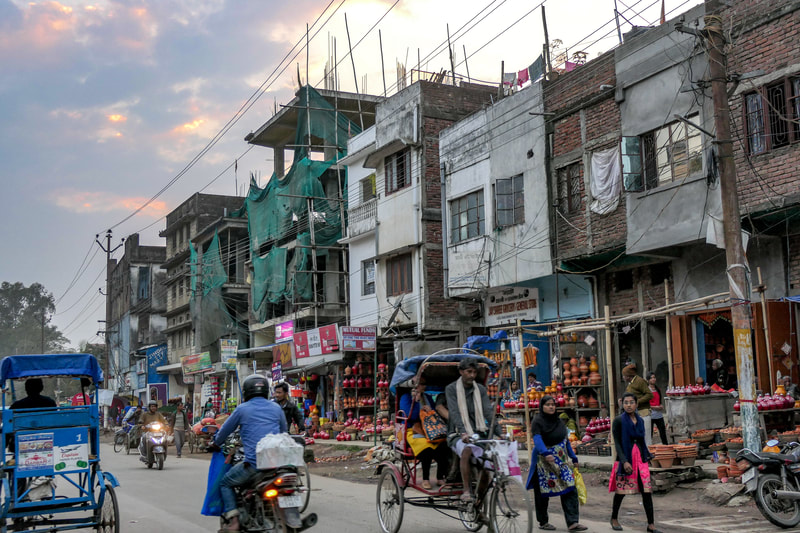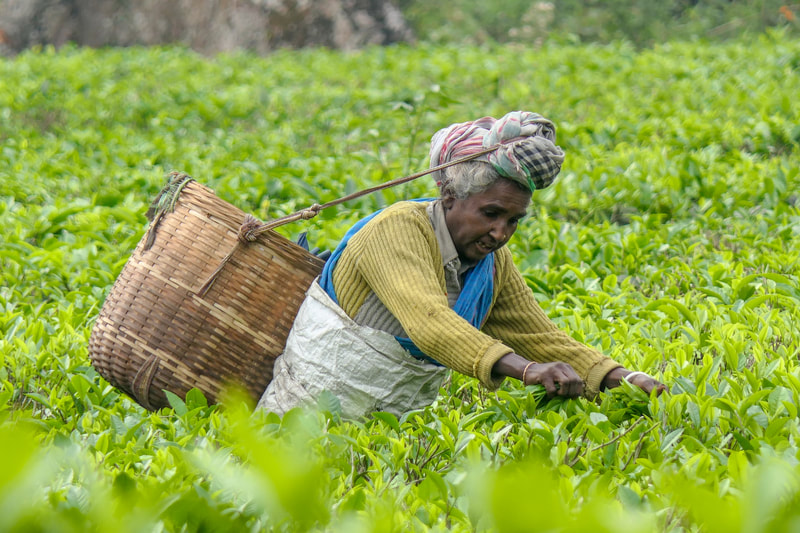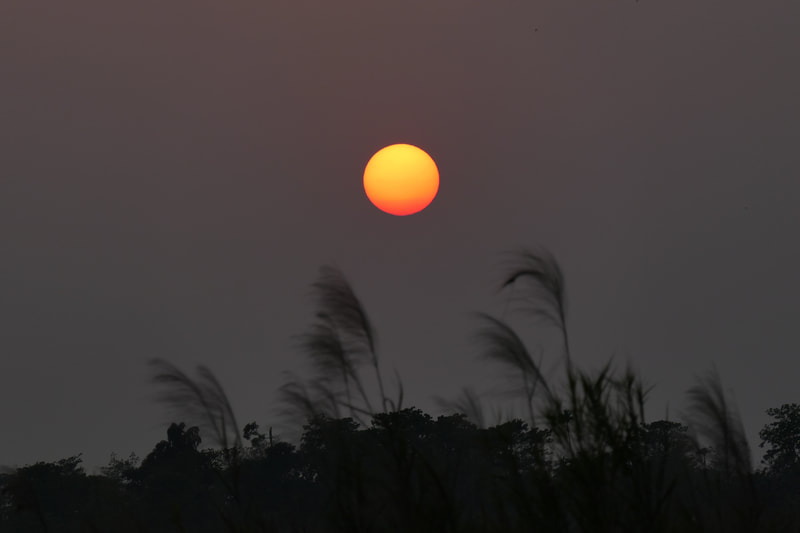India 2019 - Ladakh and Assam
Snow Leopards, Mountains, and Monasteries
Rhinos, Birds, Tea, and more
Scroll down below this text for photos, and/or enjoy some from the slideshow above.
In February and March, 2019, I traveled to India, mainly to try to see and photograph snow leopards in Ladakh, in far-northwestern India. After that adventure, I flew to Assam State in northeastern India, mainly for birding, but also to see exciting wildlife such as Indian Rhinoceros, Asian Elephant, Asian Buffalo, deer, monkeys, and more. It was a spectacular trip, rich in wildlife, birds, culture, scenery, and many other phenomena that make India so special. The photos in this page are highlights from the whole trip. A more detailed description and more photos of the snow leopard portion may be found here, while more photos of Assam are here.
The snow leopard portion was run by Oryx Photographic Expeditions and Voygr Expeditions - the latter being a local adventure travel organization specializing in photography, wildlife, culture, and exploration of unique and remote parts of India and Central Asia. The goal of the trip was to search for and maybe even photograph the snow leopard, a near mythical creature that, until recently, I thought required a miracle, and months in the highest Himalayas, to see (it is sometimes called the "gray ghost"). Snow leopards favor remote, high altitude mountains, roam over huge territories, move mainly at dawn and dusk, and are shy and very well camouflaged. Recently, various wildlife and adventure travel groups have begun finding them with some frequency - in winter! - by going to areas where their population density is relatively high, and where there is wide visibility around a base camp area, and. The problem with this strategy, from a traveler's perspective, and especially when the traveler is a photographer, is that in addition to dealing with very high altitudes, it is COLD!! We camped at 12,600 feet, and it reached 25 below zero C at night (about minus 15 F). But the goal of seeing a snow leopard made it worth it! Further, Oryx, Voygr, the National Park where we stayed, and all staff associated with this venture did an outstanding job of making things safe and bearable, if not exactly comfortable!, under these conditions.
We spent the first couple of days touring Leh Valley, visiting monasteries, photographing scenery and Buddhist culture, and getting acclimatized. We then drove into Hemis National Park, which would be our base for the next eight amazing days. Hemis has a relatively high density of snow leopards, and the park, in collaboration with conservation and travel groups has worked with local communities to raise awareness about snow leopards and gain local support for their conservation. People in villages in or near the park have become guides, spotters, porters, and camp staff, earning income in those ways, and gaining knowledge and appreciation for snow leopards as well as the broader Himalayan ecosystem. So far, this strategy appears to be a sustainable way to ensure protection of the park into the future, as well as survival of the snow leopard and fellow denizens of this remarkable region.
For almost 8 days in Hemis, we searched snow leopards. We scanned the ridge-tops, especially at dawn and dusk, when the leopards are active and searching for prey on both sides of the ridges. The Bharal, or Blue Sheep, is their main prey and was very common. We had four sightings of snow leopards during the stay, including a mother with two cubs. All were very distant, so the photos are a bit small and/or grainy, but hopefully they give at least a hint of the majesty of this fine creature. Again, you may go to the Ladakh link to see more photos and read more about the time in Ladakh.
After this Himalayan adventure, I crossed over to Assam in northeastern India, where I joined a birding trip and visited four national parks. Though the focus of that portion was birding, we saw lots of rhinos, deer, lowland forest and river scenery, tea plantations, and very different cultures. The Assam portion began in the city of Guwahati, the largest city in Assam State and the largest metropolitan area in northeastern India. From Guwahati, I joined Rockjumper Birding Tours and visited Dibru Saikhowa, Manas, Kaziranga, and Nameri National Parks, and other nearby bird-rich areas. Kaziranga has the highest density of Indian Rhinos in the world, and we had many great views of those amazing animals! This was a very different kind of adventure than my time in Ladakh, though equally rich and interesting. Again, you may go to the Assam link to see more photos and read more about that exciting part of the trip.
In February and March, 2019, I traveled to India, mainly to try to see and photograph snow leopards in Ladakh, in far-northwestern India. After that adventure, I flew to Assam State in northeastern India, mainly for birding, but also to see exciting wildlife such as Indian Rhinoceros, Asian Elephant, Asian Buffalo, deer, monkeys, and more. It was a spectacular trip, rich in wildlife, birds, culture, scenery, and many other phenomena that make India so special. The photos in this page are highlights from the whole trip. A more detailed description and more photos of the snow leopard portion may be found here, while more photos of Assam are here.
The snow leopard portion was run by Oryx Photographic Expeditions and Voygr Expeditions - the latter being a local adventure travel organization specializing in photography, wildlife, culture, and exploration of unique and remote parts of India and Central Asia. The goal of the trip was to search for and maybe even photograph the snow leopard, a near mythical creature that, until recently, I thought required a miracle, and months in the highest Himalayas, to see (it is sometimes called the "gray ghost"). Snow leopards favor remote, high altitude mountains, roam over huge territories, move mainly at dawn and dusk, and are shy and very well camouflaged. Recently, various wildlife and adventure travel groups have begun finding them with some frequency - in winter! - by going to areas where their population density is relatively high, and where there is wide visibility around a base camp area, and. The problem with this strategy, from a traveler's perspective, and especially when the traveler is a photographer, is that in addition to dealing with very high altitudes, it is COLD!! We camped at 12,600 feet, and it reached 25 below zero C at night (about minus 15 F). But the goal of seeing a snow leopard made it worth it! Further, Oryx, Voygr, the National Park where we stayed, and all staff associated with this venture did an outstanding job of making things safe and bearable, if not exactly comfortable!, under these conditions.
We spent the first couple of days touring Leh Valley, visiting monasteries, photographing scenery and Buddhist culture, and getting acclimatized. We then drove into Hemis National Park, which would be our base for the next eight amazing days. Hemis has a relatively high density of snow leopards, and the park, in collaboration with conservation and travel groups has worked with local communities to raise awareness about snow leopards and gain local support for their conservation. People in villages in or near the park have become guides, spotters, porters, and camp staff, earning income in those ways, and gaining knowledge and appreciation for snow leopards as well as the broader Himalayan ecosystem. So far, this strategy appears to be a sustainable way to ensure protection of the park into the future, as well as survival of the snow leopard and fellow denizens of this remarkable region.
For almost 8 days in Hemis, we searched snow leopards. We scanned the ridge-tops, especially at dawn and dusk, when the leopards are active and searching for prey on both sides of the ridges. The Bharal, or Blue Sheep, is their main prey and was very common. We had four sightings of snow leopards during the stay, including a mother with two cubs. All were very distant, so the photos are a bit small and/or grainy, but hopefully they give at least a hint of the majesty of this fine creature. Again, you may go to the Ladakh link to see more photos and read more about the time in Ladakh.
After this Himalayan adventure, I crossed over to Assam in northeastern India, where I joined a birding trip and visited four national parks. Though the focus of that portion was birding, we saw lots of rhinos, deer, lowland forest and river scenery, tea plantations, and very different cultures. The Assam portion began in the city of Guwahati, the largest city in Assam State and the largest metropolitan area in northeastern India. From Guwahati, I joined Rockjumper Birding Tours and visited Dibru Saikhowa, Manas, Kaziranga, and Nameri National Parks, and other nearby bird-rich areas. Kaziranga has the highest density of Indian Rhinos in the world, and we had many great views of those amazing animals! This was a very different kind of adventure than my time in Ladakh, though equally rich and interesting. Again, you may go to the Assam link to see more photos and read more about that exciting part of the trip.
